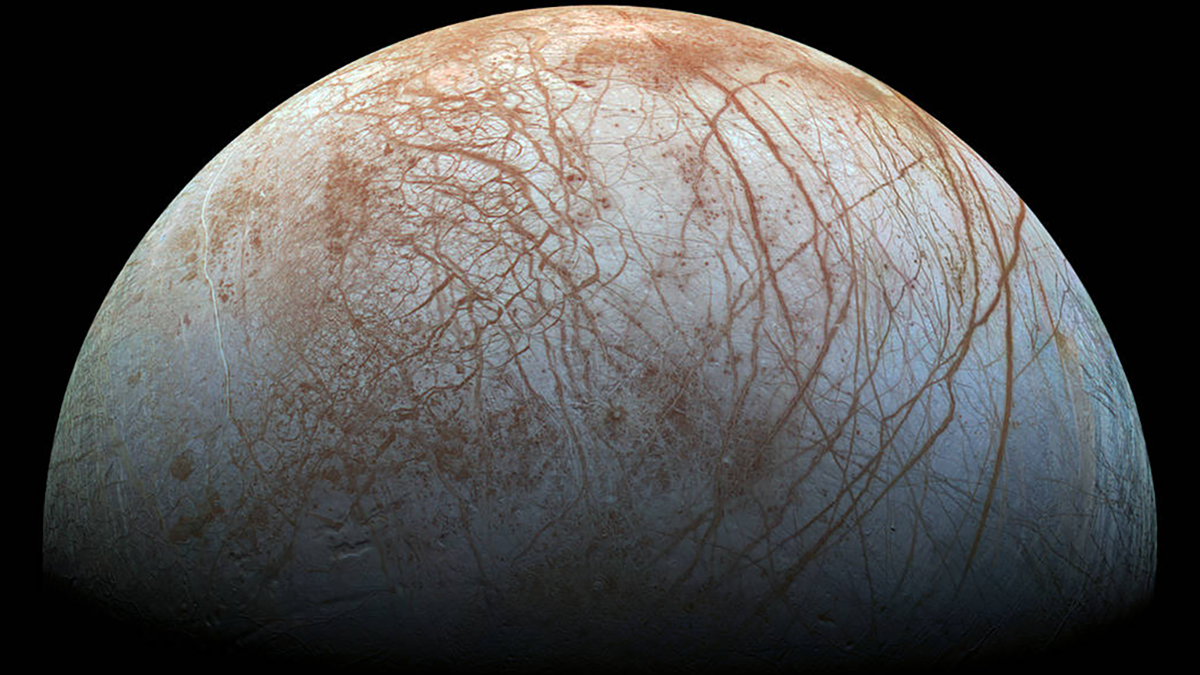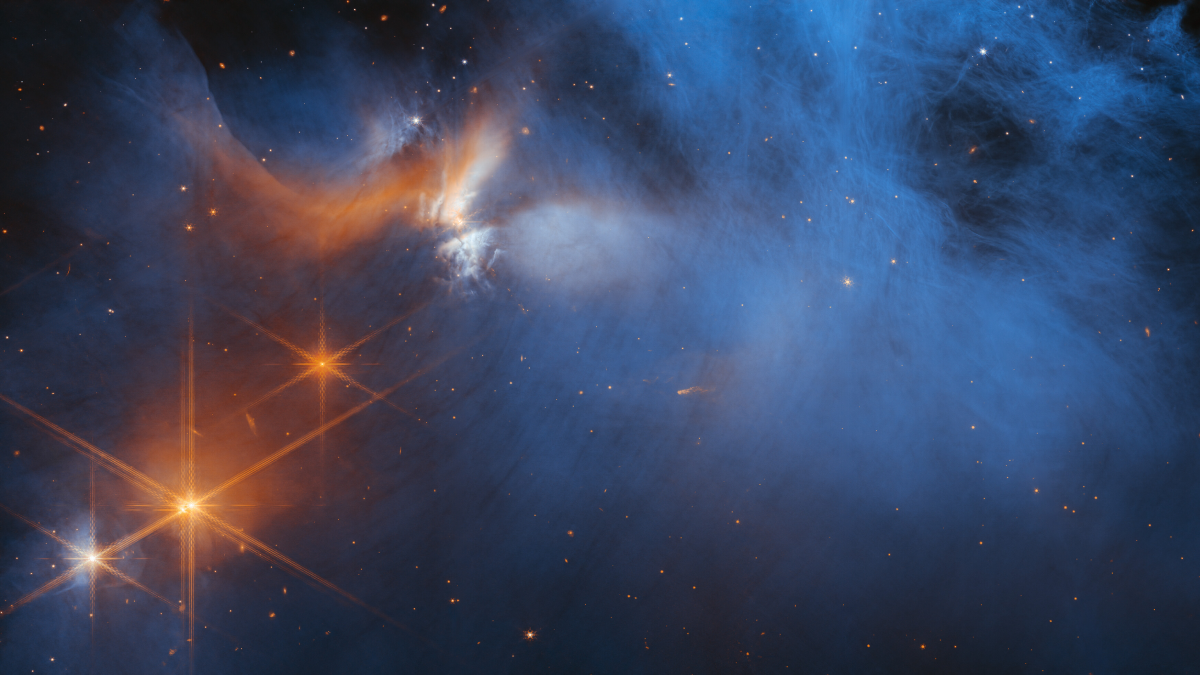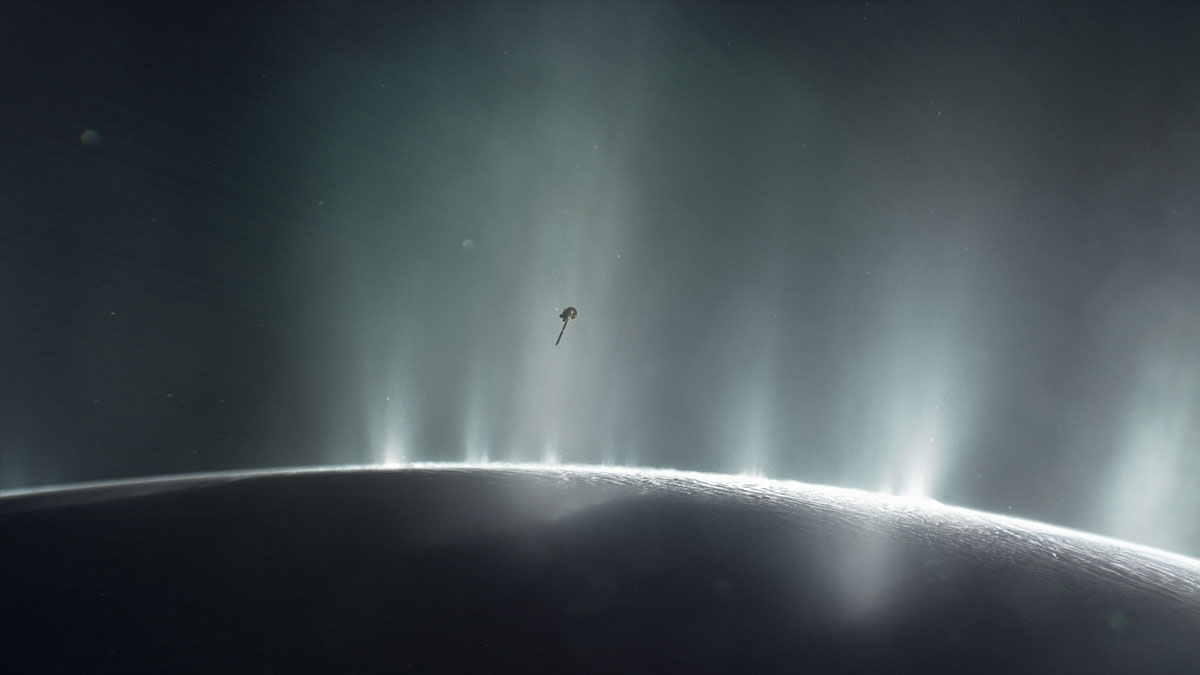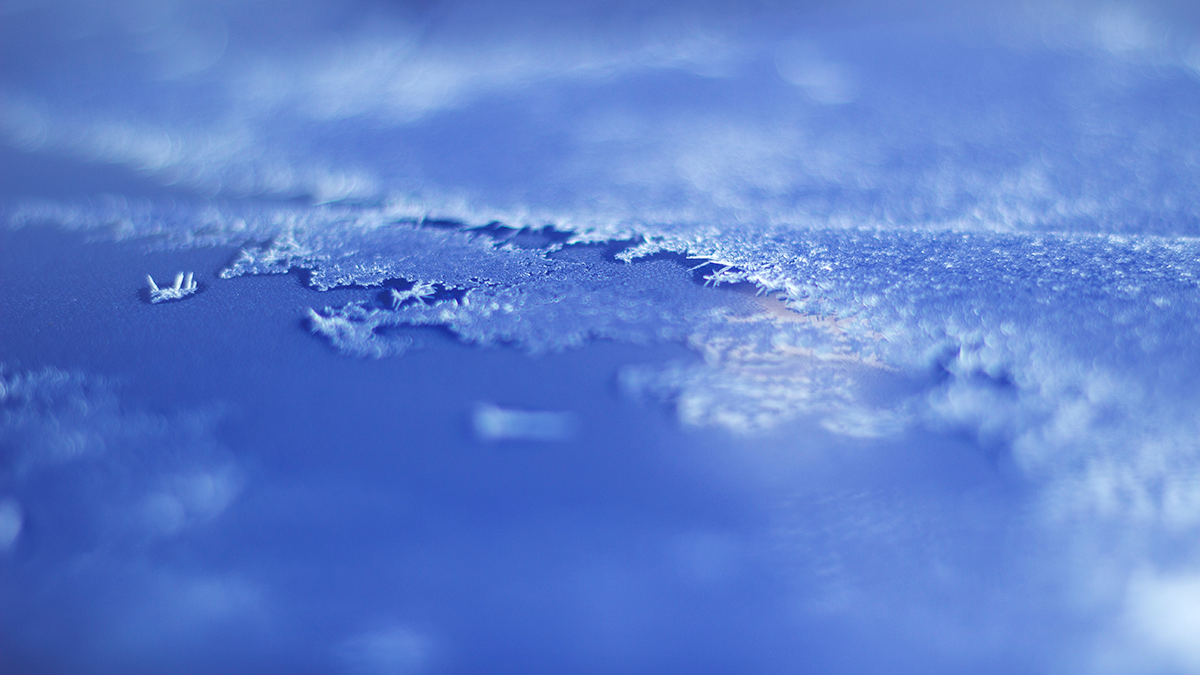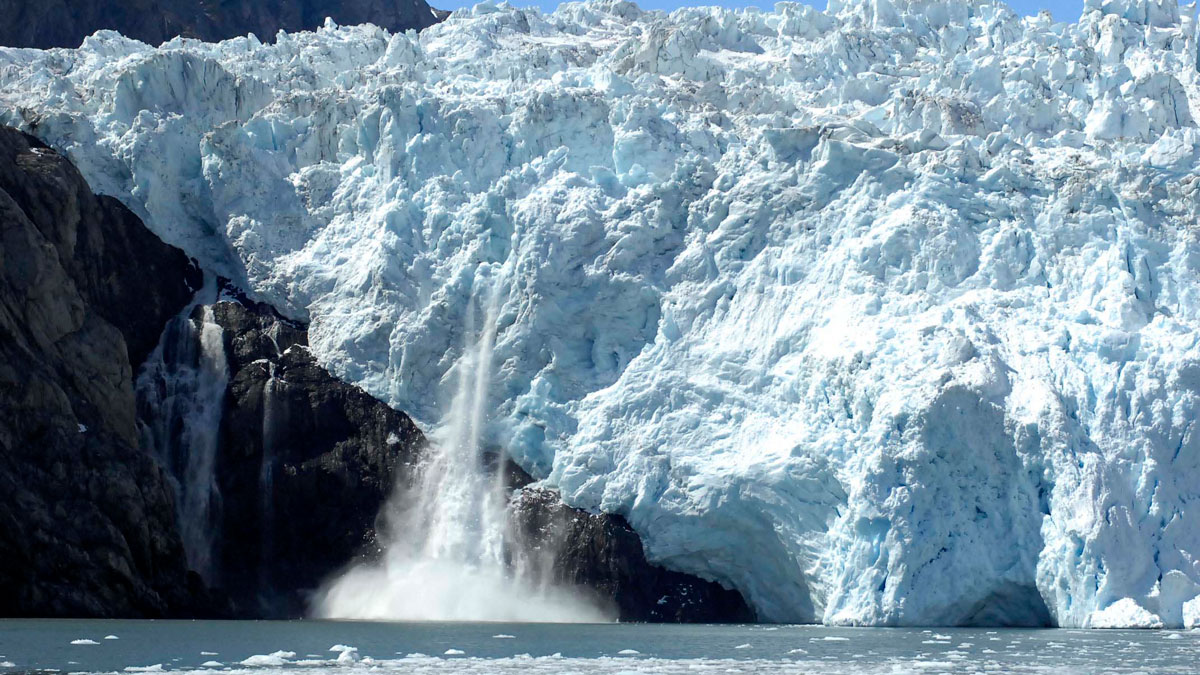A model using currents in the deep ocean to drive rotation of Europa’s ice shell from below can explain why its surface may drift despite being tidally locked.
ice
Redefining “Glacial Pace”
As Earth’s climate warms, glaciers and ice sheets are retreating, cracking, and adding to sea level rise at record speeds.
Ice Cores Record Long-Ago Seasons in Antarctica
Researchers used ice core data to reconstruct seasonal temperatures throughout the Holocene. The results link especially hot summers with patterns in Earth’s orbit.
How Kicked-Up Dust Forms Cirrus Clouds
Dust lifted into the air by cyclones provides anchor points for cloud-forming ice.
Complex Organic Ices Discovered in a Star-Forming Cloud
The presence of complex organic molecules such as methanol, ethanol, and acetaldehyde in a molecular cloud suggests that these and simpler ices might be available to planetary systems right from the start.
Marine Science Goes to Space
Space and ocean scientists take a splash course in multidisciplinary science to chart our solar system’s ocean worlds.
Mission Could Lasso Amino Acids from the Icy Plumes of Enceladus
If geysers from Saturn’s moon Enceladus contain amino acids, new research shows that a spacecraft could collect them with signatures of possible life preserved.
Fantastic Ice-Nucleating Particles and How to Find Them
Recent advances in measurements and models are paving the way to transform fundamental understanding and simulation of ice-nucleating particles and their climate impacts.
Alaskan Glaciers Advance and Retreat in Satellite Imagery
Researchers tracked 19 maritime glaciers in Kenai Fjords National Park over several decades and found that tidewater glaciers tended to experience less ice loss than other types of glaciers.

